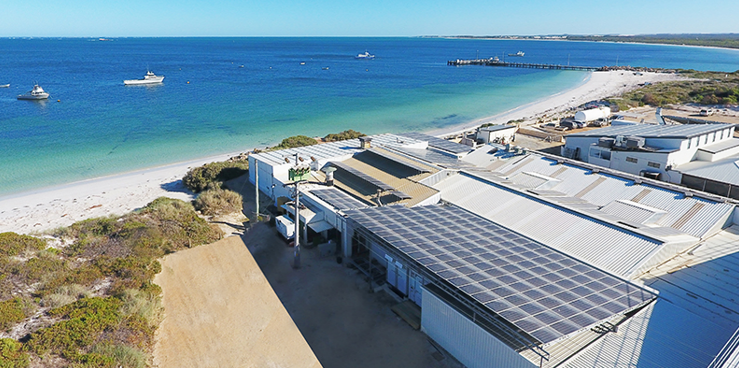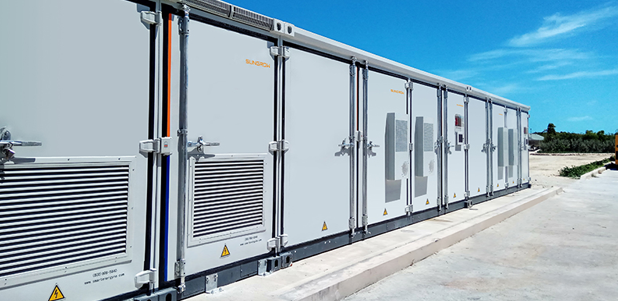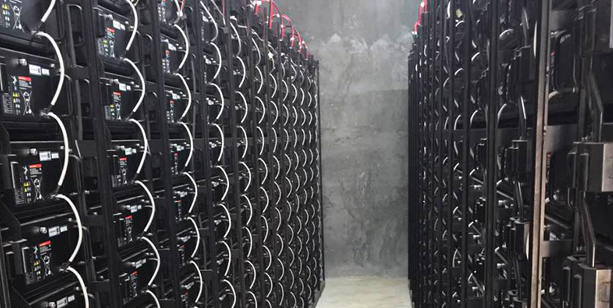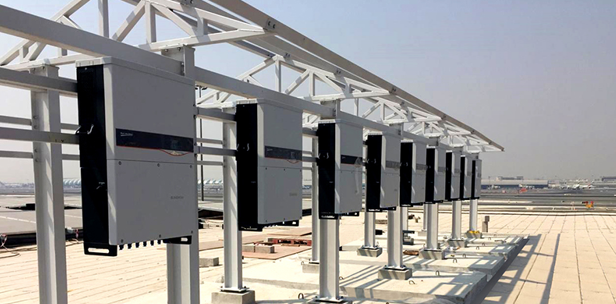
The advent of solar energy storage systems has changed how businesses power their infrastructure. They leverage advanced technologies like integration technology, modular designs, and smart controls while offering unparalleled benefits. Increasing energy efficiency, promoting grid reliability, and reducing carbon emissions are becoming what businesses pursue.
Energy storage solutions from Sungrow battery storage systems offer high integration for smooth compatibility with existing power infrastructure. Their design, focused on safety and reliability, provides peace of mind to businesses. Energy storage solutions also offer flexibility in energy management, where intelligent and user-friendly controls further streamline the process.
Furthermore, they bring cost benefits through optimized system performance and easier installation and maintenance, which is particularly advantageous for businesses prioritizing cost-effective solutions. In this article, we will dig into the top five applications of solar energy storage systems. Then, we will talk about the benefits and applications of choosing the Sungrow energy storage system solution. Let's continue without any delay.
Applications of Solar Energy Storage Systems
Here we count on the top five applications for installing solar energy storage systems.
Industrial Facilities

Industrial facilities, such as manufacturing plants and production halls, have high energy consumption due to the continuous operation of heavy machinery and equipment. They can install solar energy storage systems to minimize dependency on the conventional grid and reduce operational costs. For instance, they could employ photovoltaic systems for daytime power and batteries for storing excess energy, which can be used during peak load times or power outages. Solar energy can also help them meet sustainability goals by lowering carbon footprints.
Data Centers

Data centers require massive energy for operating servers, cooling systems, and backup power. The continuous and reliable operation of these centers avoids any loss of data or disruption of services, which solar energy storage systems can solve. E.g., Google has invested in renewable energy and uses solar power for some of its data centers. Combining solar panels and energy storage systems ensures a steady power supply, even during grid failures, and reduces dependence on diesel generators with damage to the environment.
NEV Charging Stations
Integrating solar energy storage systems are ideal for New Energy Vehicle (NEV) charging stations, including those for electric cars. NEV charging stations often experience high demand during specific hours of the day, and energy storage solutions can help meet these peak demands. Moreover, they can generate power during the day and store any surplus during peak hours or at night, which provides a sustainable and cost-effective solution. Tesla Supercharger stations, for example, have started incorporating solar panels to provide power for charging vehicles.
Microgrids
Microgrids are localized energy grids that can disconnect from the traditional grid and operate autonomously. They are exaggerated for remote locations, rural areas, or islands with unreliable or non-existent grid access. Solar energy storage systems are key to these microgrids and allow them to store surplus energy during the day for use during the night or cloudy days. For instance, the island of Ta'u in American Samoa was powered almost entirely by a solar microgrid with a battery storage system, enabling it to run independently of fossil fuels.
Hospital and Healthcare Facilities
Hospitals and healthcare facilities require a continuous and reliable power supply to operate vital medical equipment, maintain environments, and provide mission-critical services. These facilities could benefit meaningfully from solar energy storage systems, particularly in regions with frequent power outages. Essentially, batteries can store excess solar energy and supply it during an outage, ensuring an uninterrupted power supply. An outstanding example is the Kaiser Permanente health system in California, which plans to partly achieve carbon neutrality through onsite solar power and battery storage.
Benefits of Sungrow Energy Storage Solution

Let's look at the benefits of choosing Sungrow's energy storage system solution.
ü High Integration: Sungrow's solar energy storage system solution offers an all-in-one modular design that simplifies installation while reducing time and costs. The advanced integration technology facilitates seamless operation and system scalability, which helps accommodate future energy requirements.
ü Safety and Reliability: Sungrow prioritizes safety by incorporating a dedicated DC electric circuit safety management system, ultimately reducing the risk of electrical hazards. The multi-state monitoring and linkage actions and a robust IP65 and C5 design ensure the system's reliability even in harsh environments.
ü Efficiency: With the support for both on-grid and off-grid operation, Sungrow's solar energy storage solution ensures an uninterrupted power supply to maximize utility savings. The intelligent cell-level temperature control maintains optimum performance while minimizing energy loss, which enhances complete system efficiency.
ü Smartness and User-Friendliness: Fast status fault monitoring allows for quick diagnosis and rectification of issues to minimize system downtime. The system features a unified communication window for easy interaction and an integrated energy management function that gives users complete control over their energy usage and savings.
About Sungrow
Sungrow Power Supply Co., Ltd., created in 1997, has been acclaimed as the world's most bankable inverter brand, with over 340 GW installed worldwide by the end of 2022. With a strong emphasis on research and development, Sungrow houses the industry's largest R&D team, accounting for 40% of the company's workforce.
Sungrow's portfolio spans PV inverter solutions, energy storage systems for various applications, EV charging solutions, floating PV plant solutions, and renewable hydrogen production systems. Our dedication to innovation is reflected in its achievement of developing the world's first 35kV solid-state transformer-based PV inverter in 2022. Boasting the world's largest inverter factory, Sungrow has a global production capacity of 305 GW, including 25 GW outside China.
